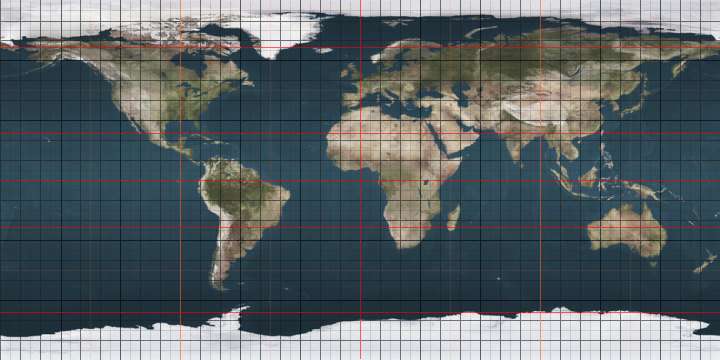16th parallel north
The 16th parallel north is a circle of latitude that is 16 degrees north of the Earth's equatorial plane. It crosses Africa, Asia, the Indian Ocean, the Pacific Ocean, Central America, the Caribbean and the Atlantic Ocean.
.svg.png)
At this latitude the sun is visible for 13 hours, 5 minutes during the summer solstice and 11 hours, 11 minutes during the winter solstice.[1]
As a dividing line
After World War II, the parallel divided Vietnam into Chinese military administration in the north and the British in the south (See Timeline of World War II (1945) and War in Vietnam (1945-1946)).
In the Chadian–Libyan conflict, from 1984 the parallel, known as the "Red Line", delineated areas controlled by opposing combatants. Previously the Red Line had been the 15th parallel north. (See also Operation Manta.)
Around the world
Starting at the Prime Meridian and heading eastwards, the parallel 16° north passes through:
